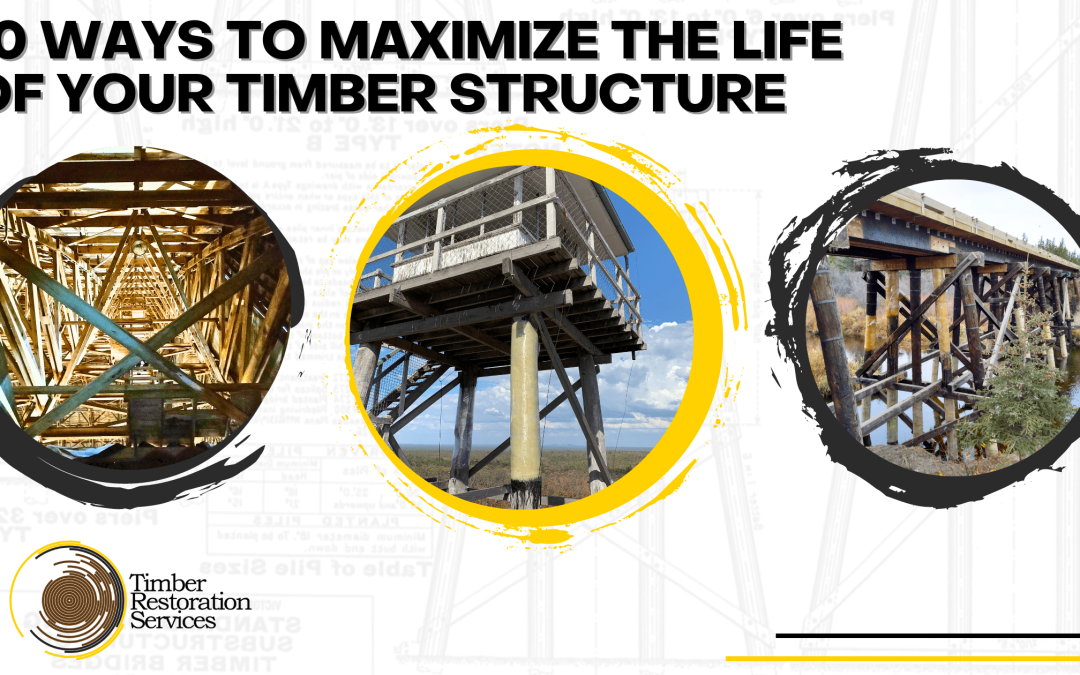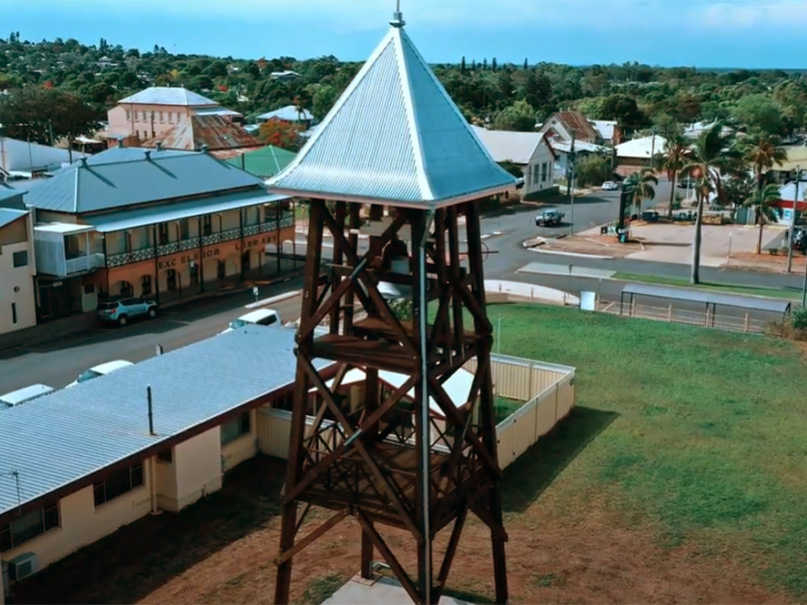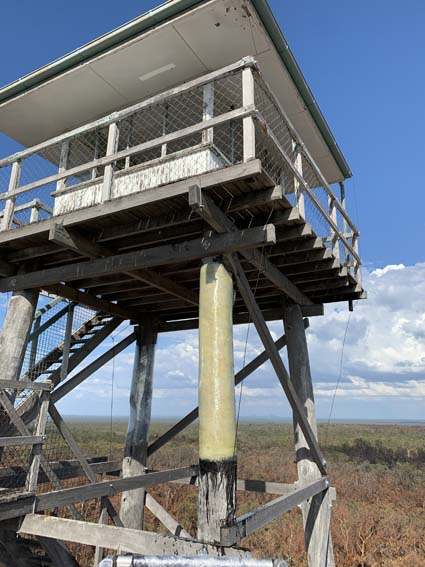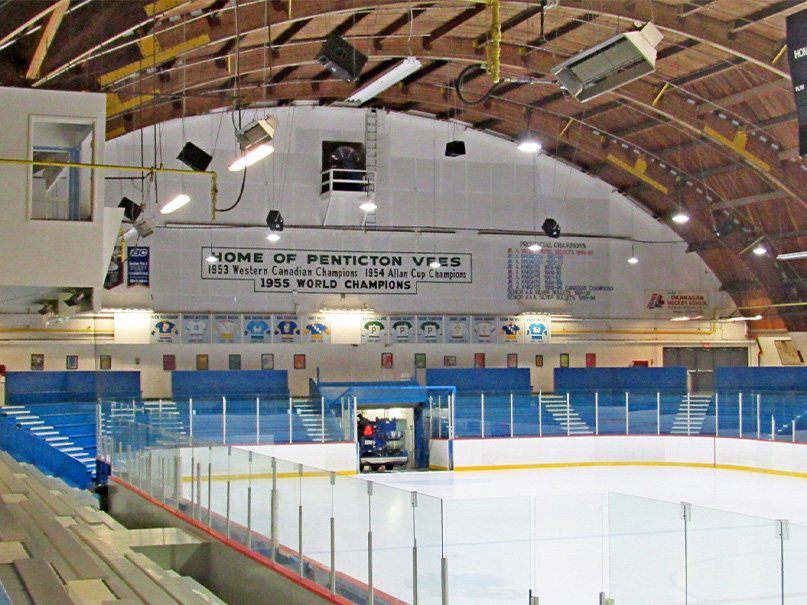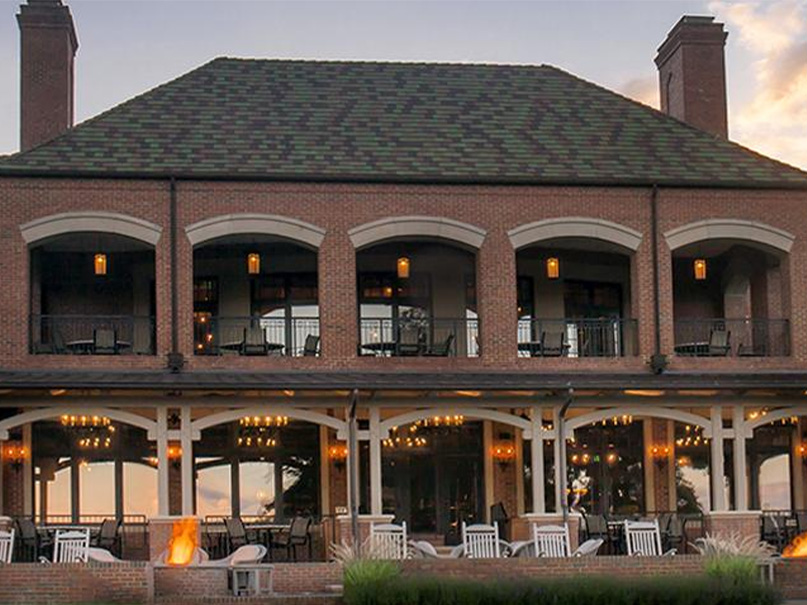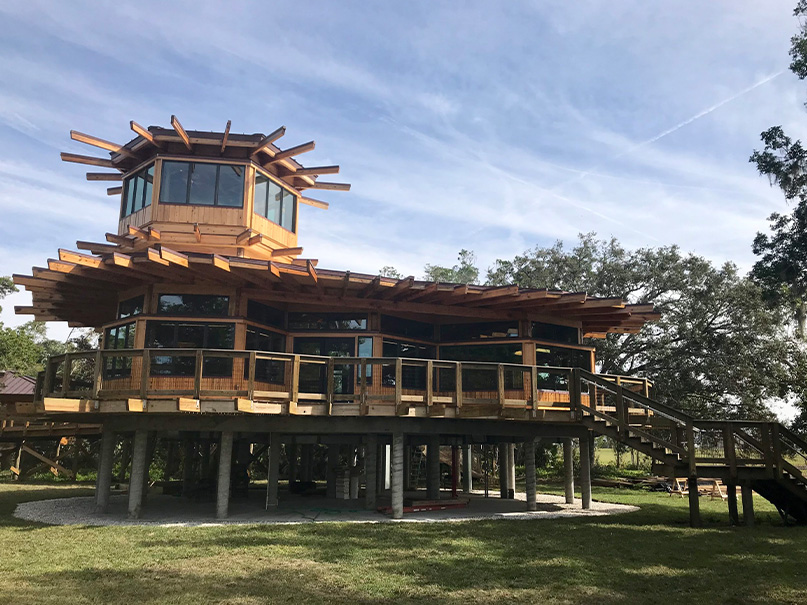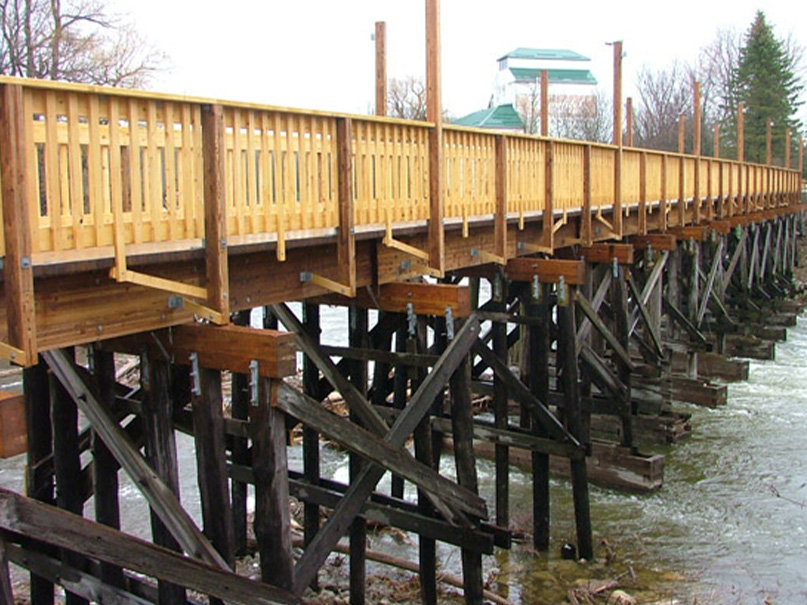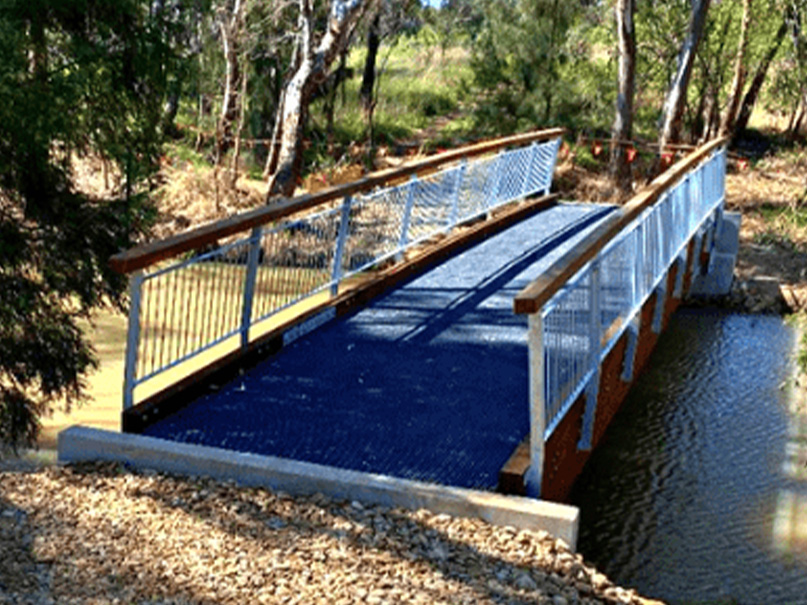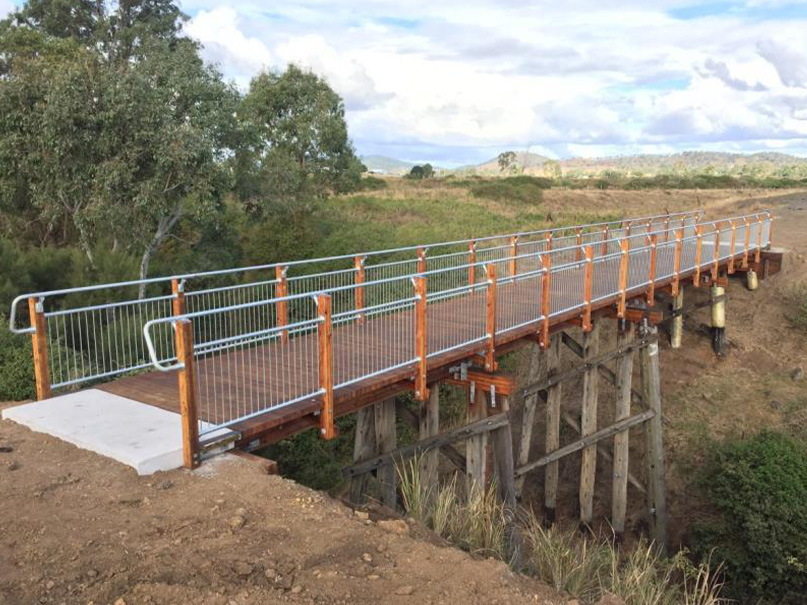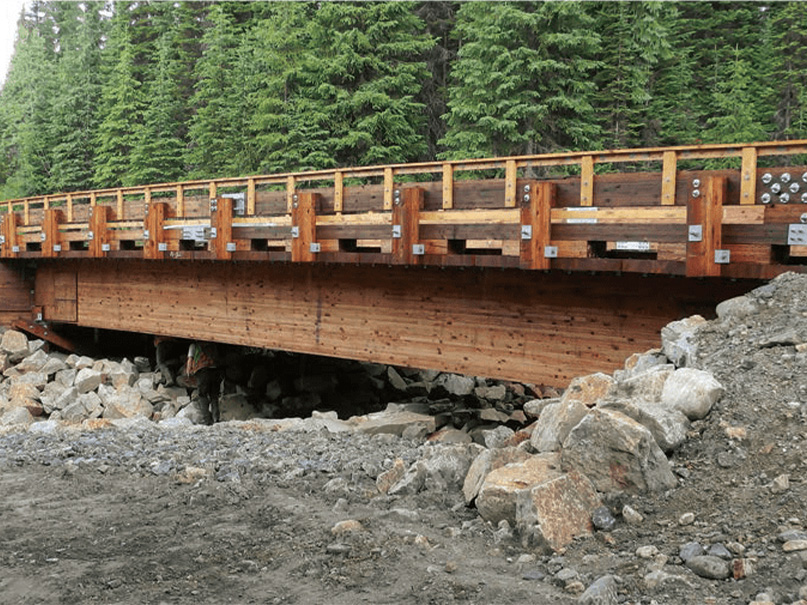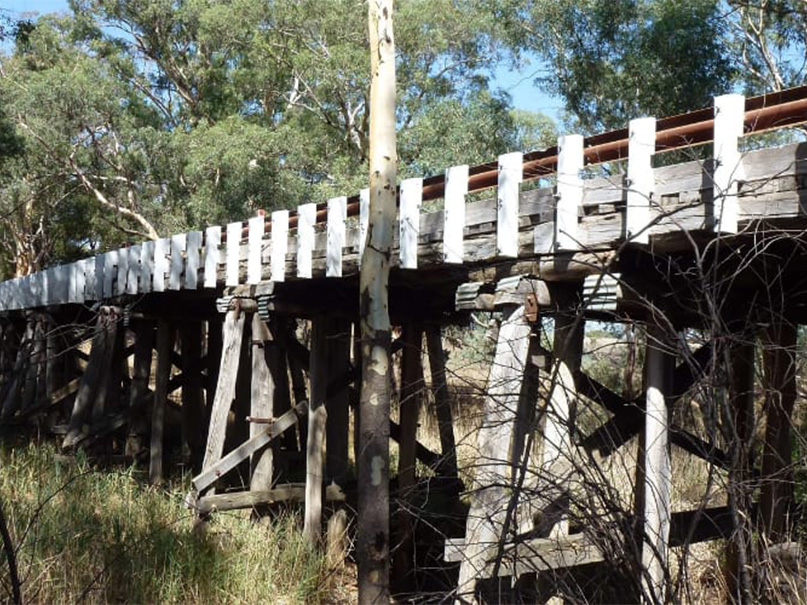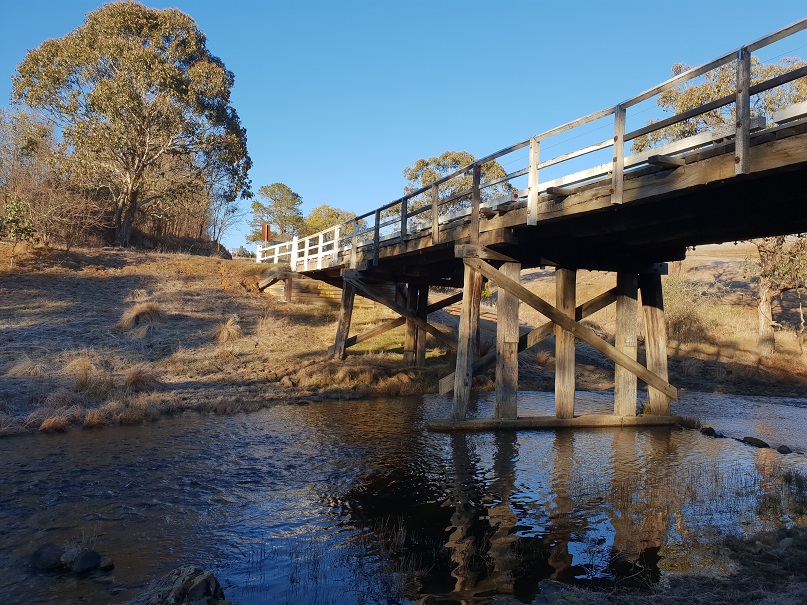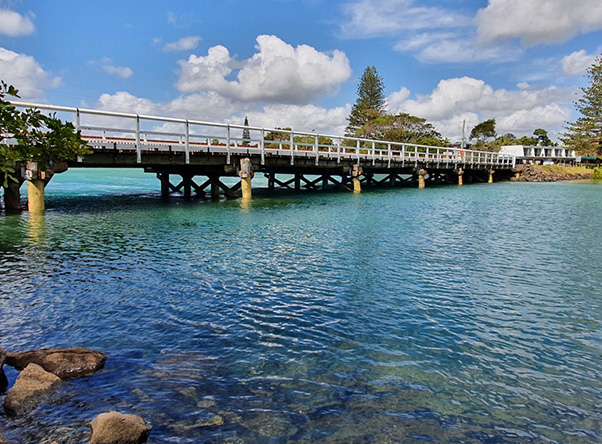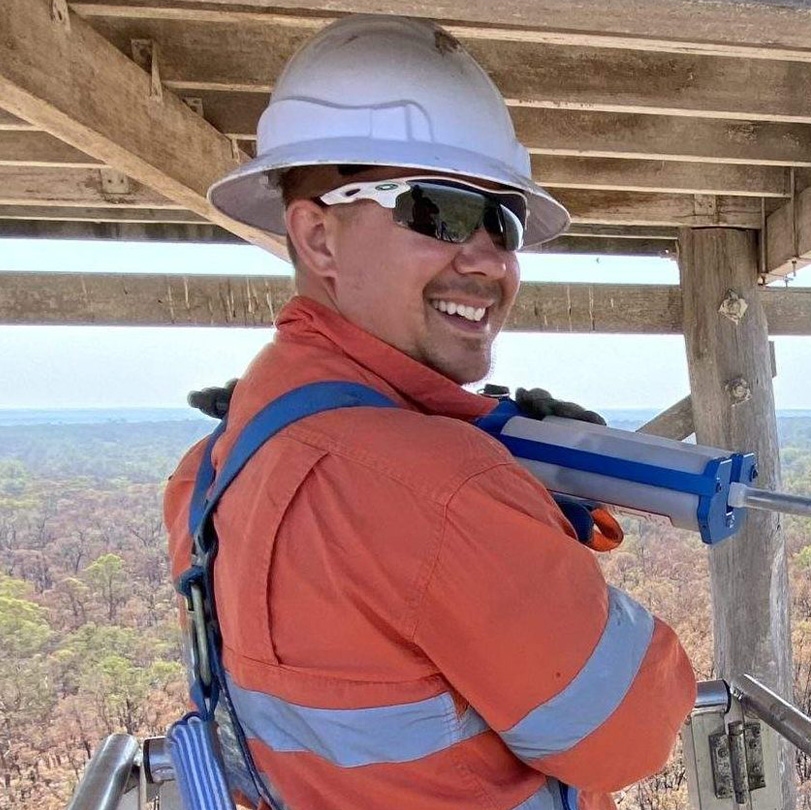Wooden structures can last for centuries, but only if they are properly cared for and maintained. In this blog post, we’ll explore ten top tips to help you make sure that your timber structure will stand the test of time. From proper cleaning techniques to regular inspections and maintenance, these steps will keep your wooden building looking great and functioning optimally for years to come. We’ll also discuss how to identify potential problems before they become serious issues and provide advice on how best to repair any damage should it occur. So read on and learn how you can maximize the life of your timber structure!
1. Choose the right connectors
Change vertical connectors from the top to horizontal connectors. the type of connectors used in wood, timber, and mass timber structures play a huge role in how long they last. While vertical connectors provide strength, horizontal ones offer greater flexibility and can reduce the stresses placed on the wood when it is exposed to changing temperatures and moisture. They also provide the benefit of limiting moisture getting into bright or green wood areas.
2. Barriers matter
Provide drainage with drains or scuppers, even to open decks. Do not drain onto lower wood elements. These will help protect it from the elements and extend its life. Also, consider installing a barrier such as a waterproof membrane or air gap to separate the wood from soil or concrete that could cause damage over time.
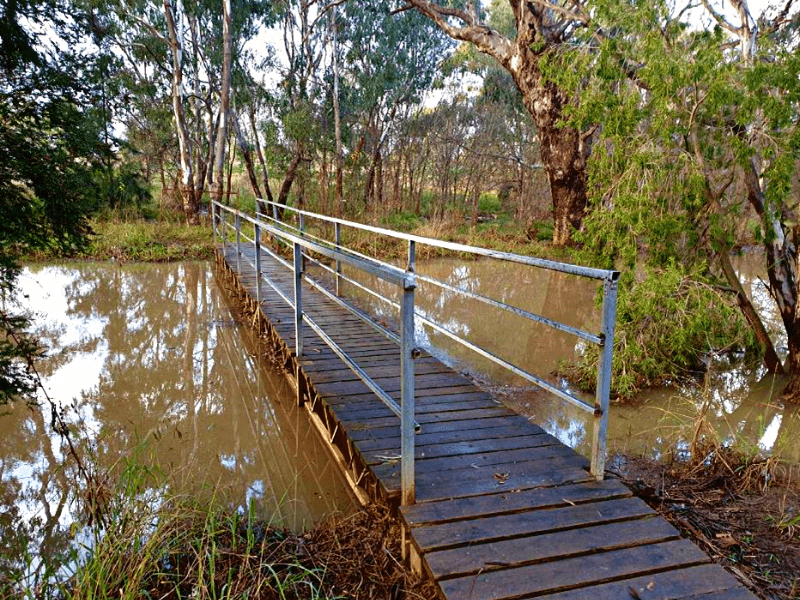
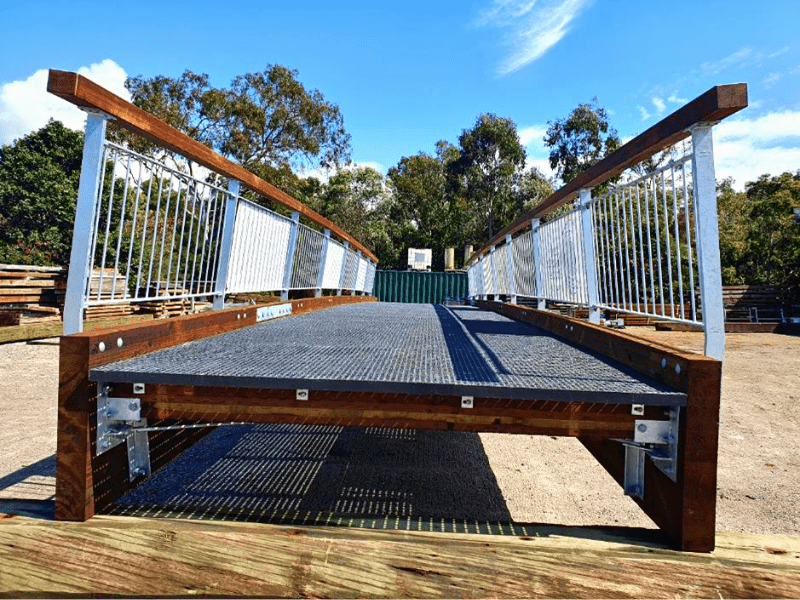
3. Proper drainage
Proper drainage is crucial for the durability of timber structures. To ensure longevity, utilize drains or scuppers, avoiding drainage onto lower wooden elements. Implement appropriate channels and gutters to prevent water from pooling around the wood, which can cause damage. However, it is essential to regularly clean any incorporated drainage systems or channels to maintain their functionality by removing debris or obstructions. An example of the importance of proper drainage is illustrated in the replacement of a mass timber pedestrian bridge that we partnered with Wood Research and Development to create in Flowerdale Lagoon, New South Wales, Australia. The original structure (above left) failed to account for the region’s excessive flooding, resulting in severe decking and structural deterioration. The replacement mass timber bridge (above right) was designed with features like mesh decking to accommodate rising water levels and open drainage for debris passage.
4. Account for changes
For new structures provide detailing to account for moisture-induced dimensional change of heavy timbers (e.g., oval side plates). Make sure your timber structure can handle changes in the environment. If you’re maintaining or attempting to manage a historical structure consider adding features to account for dimensional changes caused by moisture or temperature, especially features that provide flexibility and reduce the risk of damage from changes in the environment. While also keeping the original integrity of the structure.
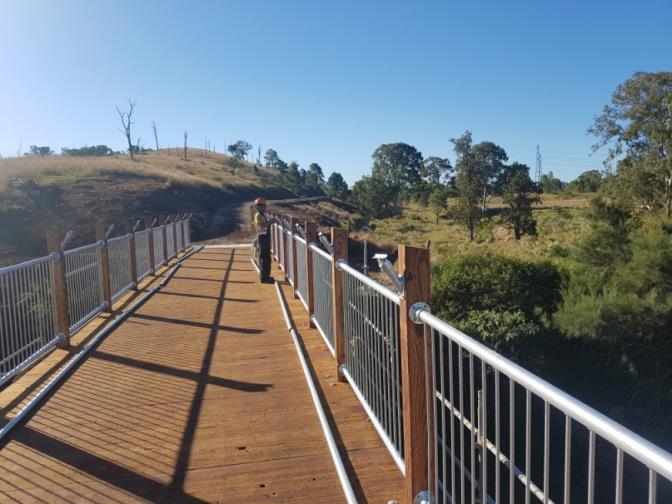
5. Say no to banding
Do not use banding to attach timber to steel or masonry components. Banding is a common method of attaching timbers to other materials such as steel and masonry, but it can cause damage over time. Instead, use mechanical connection systems that allow for some flexibility between the two materials, helping reduce stress caused by changes in temperature and moisture. When banding is used when the timber expands and contracts due to environmental changes the bands then crush the fiber and damage the internal structure of the wood. and then when it contracts back down the band then becomes stretched out and then sags and drops to another section of the timber this process continues until it can no long move comprising multiple actions of the structural element.
6. Stop Near-end Drift pinning
Stop the use of near-end drift pinning. In an attempt to stop end feathering. Near-end drift pinning is a common method of stopping end feathering, but it can actually cause more harm in the long run. The rigid pins reduce flexibility and can eventually lead to cracking or splitting of the wood. Instead, use a product that conforms to the shape of the timber while providing the strength needed to keep it stable.
7. Giving proper Clearance
Provide proper clearance for breathing of timber elements. In other words, don’t let your timber structure be too close to any walls or other solid objects. This will help reduce the amount of moisture that gets trapped in and around the wood and even avoid mold growth. A good rule of thumb is to leave at least an inch of clearance between the wood and any object it may come into contact with.
8. Keep it natural
Don’t paint structures avoid coatings the >29% solids. As long as the sealant you use meets that less than 29% solid threshold it is safe to use on the structure. The lower the better, but this number is the Weathering is an important aspect of maintaining a timber structure. Depending on the environment and exposure to elements, choose the appropriate product that will provide protection against rot and decay while still keeping its natural beauty.
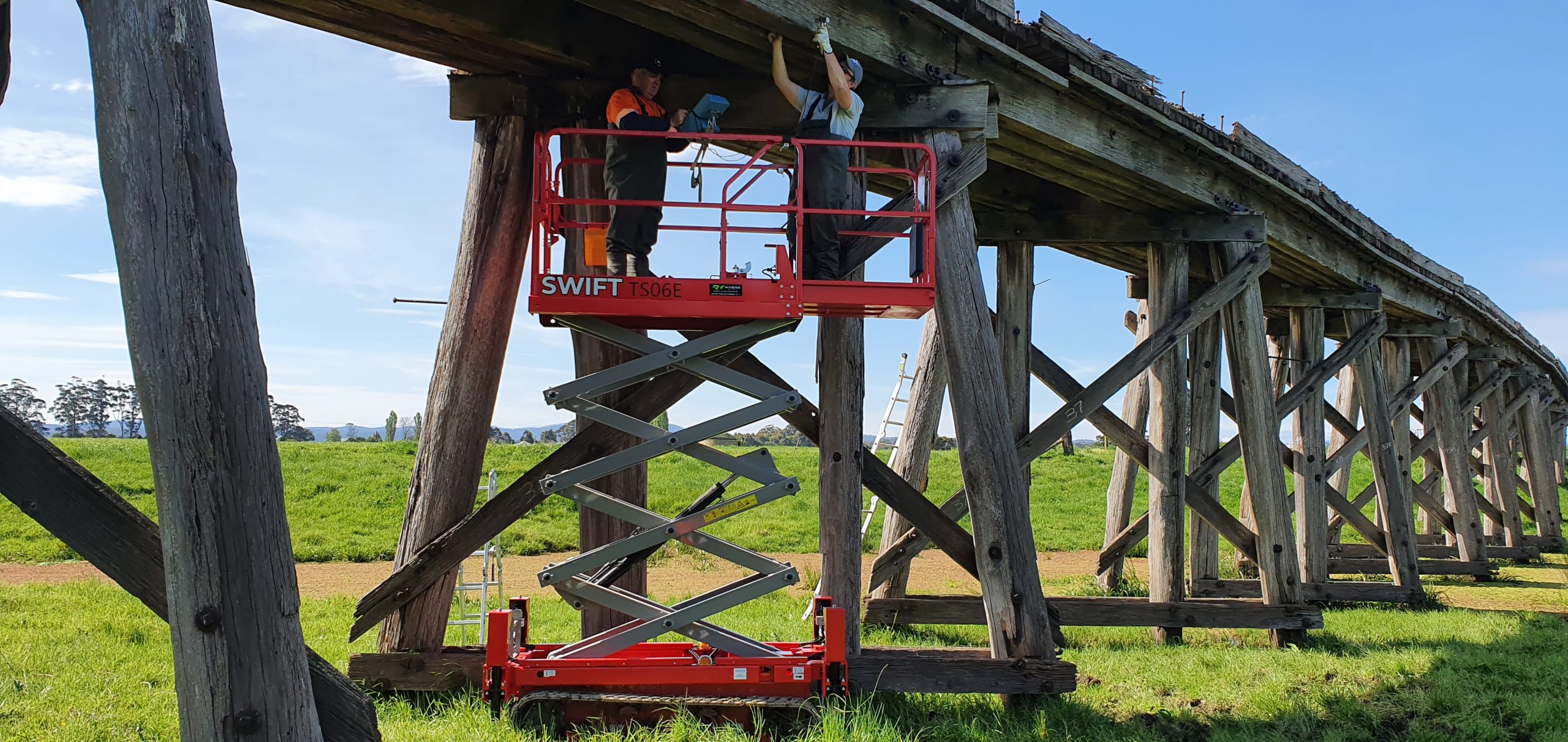
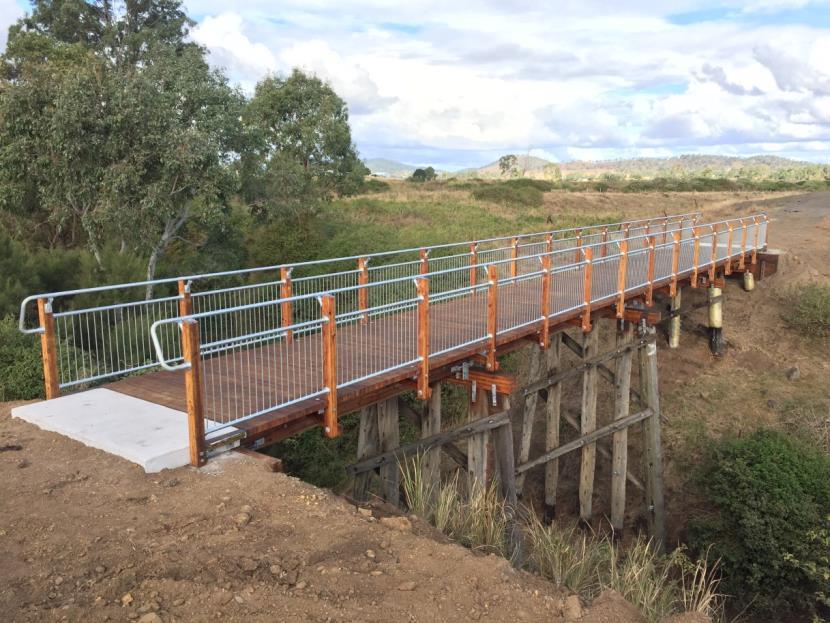
9 Avoid Notching
Notching is a common way to attach and secure timber elements, but it can weaken the wood over time if done incorrectly. To prevent weakening of the timber due to notching, make sure the slope of the cut is no less than 6:1. This will provide enough strength while still allowing for some flexibility in response to environmental changes.
10 Properly manage timber sizes used
Use proper-sized timber in pile bents and place loads on the bents accordingly. Timber sizes also play an important role in the life of a timber structure. Make sure that you use the correct-sized timbers for your pile bents, and not overburden them with heavy loads. This will ensure that your piles remain stable and sturdy instead of buckling or cracking due to excessive weight.
Conclusion
Taking care of your timber structure is the key to a long-lasting building. Follow these tips and you will be sure to get years of use out of your timber structure. Regularly inspect your wooden building and identify any potential problems before they become serious issues, as well as perform cleaning and maintenance tasks when needed. With proper care, your wooden building should remain a beautiful and functional feature of your property for years to come!

